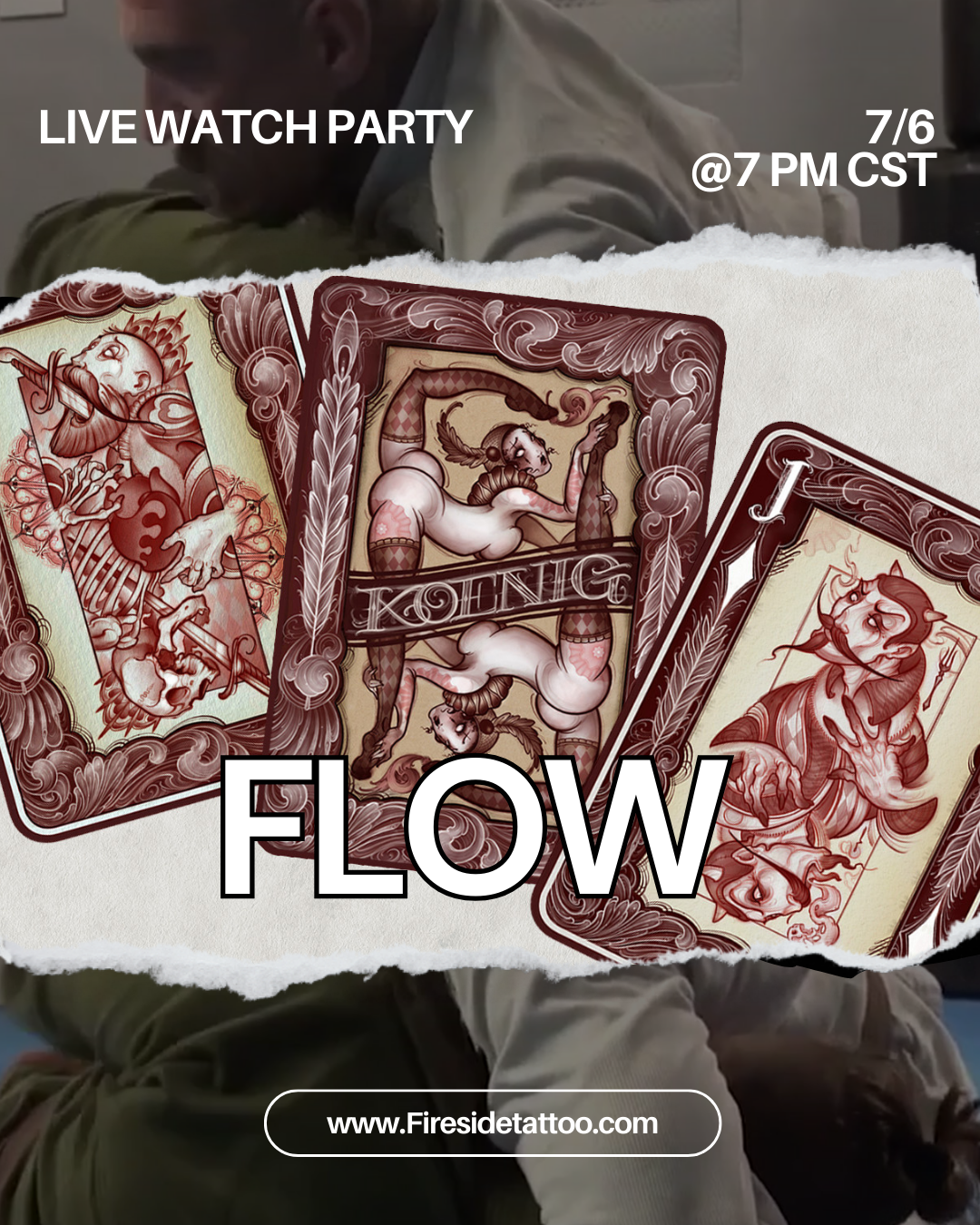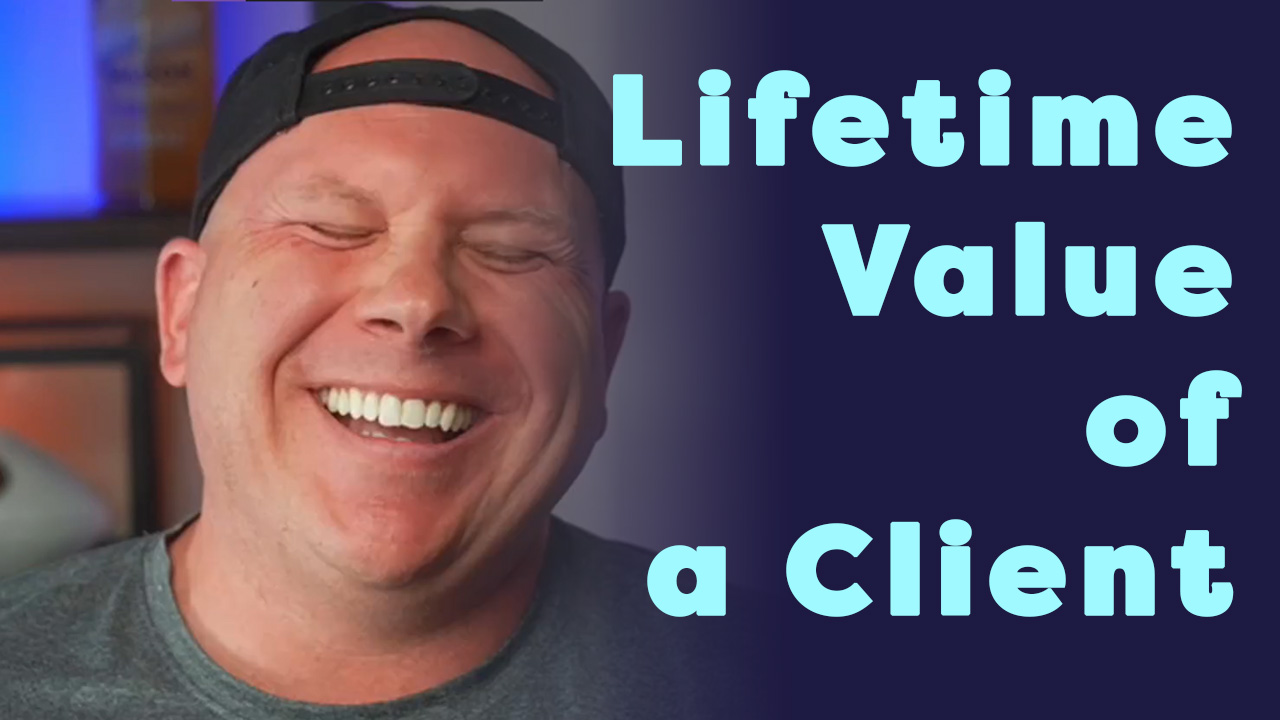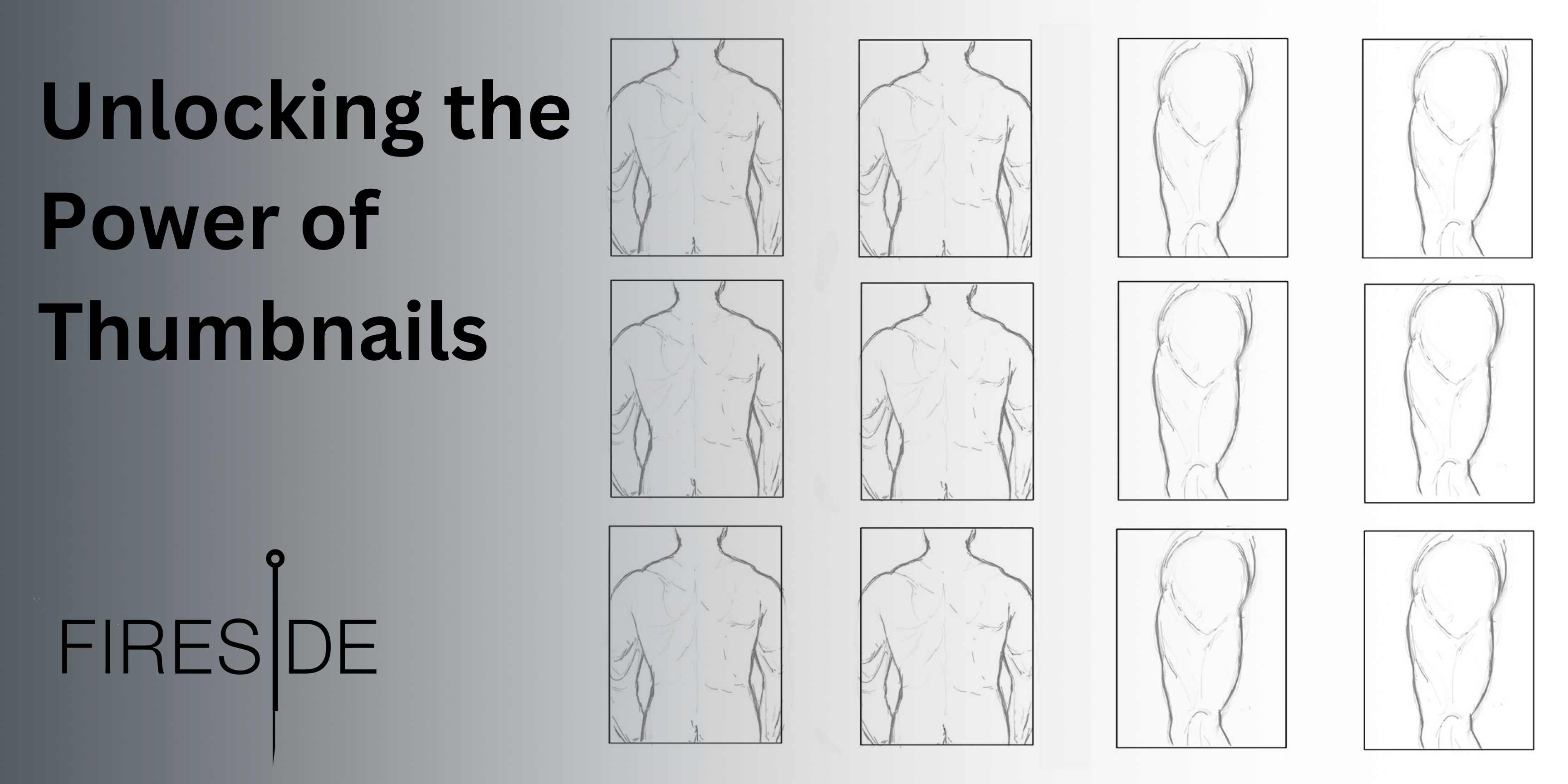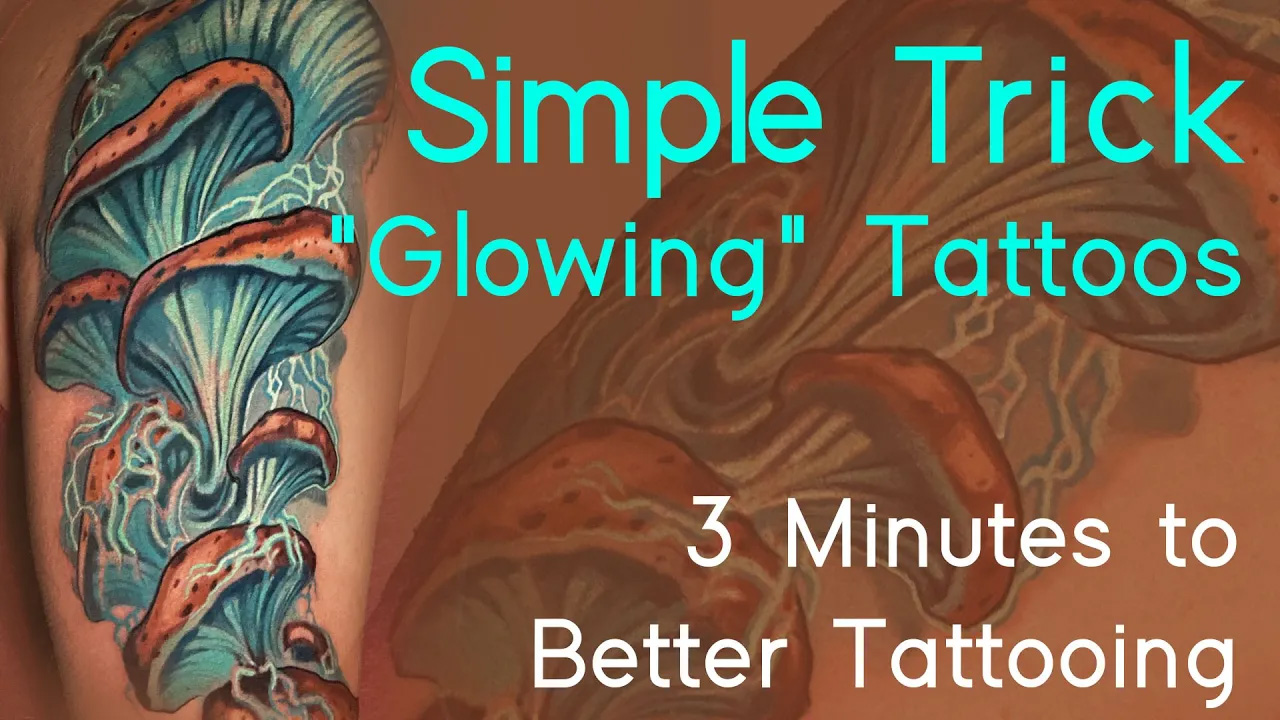Tattoo Techniques: Dotwork Trick Faster and More Efficient Stippling 3 Minutes to Better Tattooing
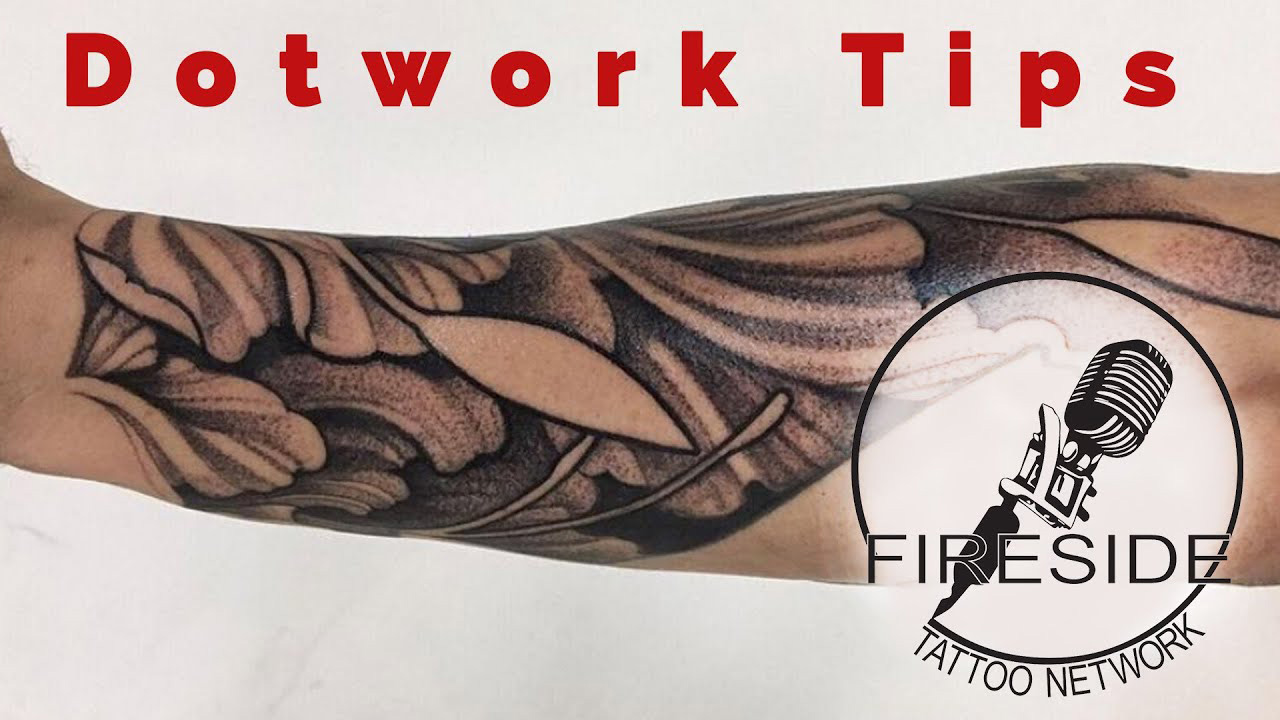
Dotwork Trick! Faster and More Efficient Stippling | 3 Minutes to Better Tattooing
Video By Jake Meeks —
Writing By Daniel Pushcarich —
Topics: Stipple Shading tattoo Techniques, Tattoo Techniques, Tattoo Machine, Robyn Pallotta, Dan Kubin, Sidewinder rotary tattoo machine
Stippling (or dotwork) has become very popular in tattooing over the last few years and with good reason. It is very versatile and looks great when done well.
Today we would like to share a more efficient way to achieve a consistent stippled effect
Thanks to our great friend Robyn Pallotta for sharing this tip with us a few years back. It has proven to be really useful.
This episode was made possible thanks to:
Utilize Dotwork and Stippling For Less Skin Trauma In The Tattoo
“Do kind of a whipped stipple, like you’re doing a light gray wash. Like your lightly working off the tip of the needle and brushing the skin”
- Jake Meeks
This stippling technique stands out for its forgiving nature, enabling tattooers to gradually build texture and values with minimal skin trauma. The method is characterized by its low impact, causing almost no redness or bleeding when executed correctly.
This approach involves a whipped stipple or raking movement, akin to applying a light gray wash, delicately working off the needle's tip and brushing the skin. You can also try scumbling or quickly making little circular movements in small areas to achieve similar effects with a different sort of pattern.
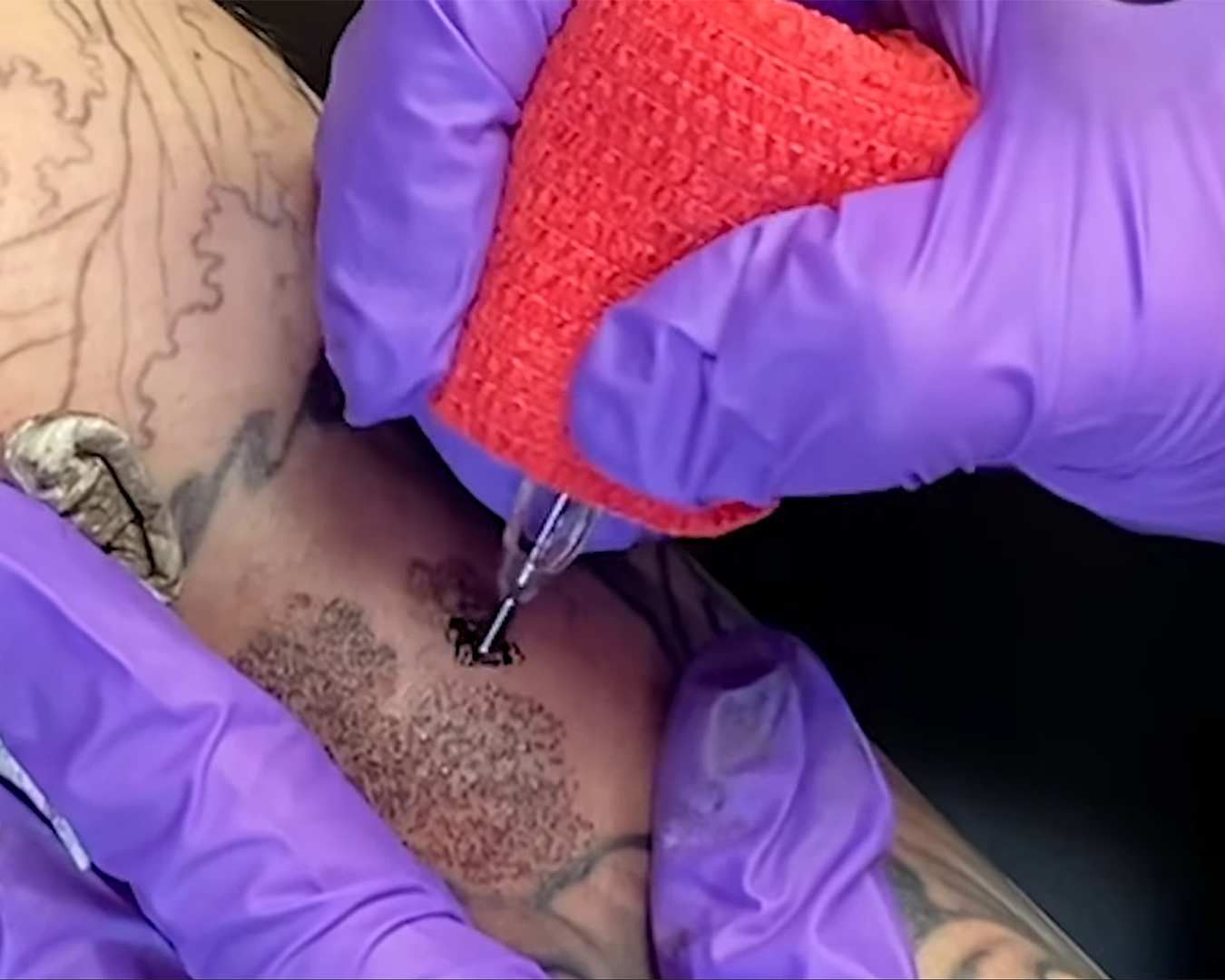
The result is a remarkably consistent stippled look, offering a distinctive texture to the tattoo. The precision of working off the needle's tip allows for meticulous dot work and texture creation without compromising the skin.
Combining Tattoo Techniques For Interesting Effects
“I’ve been doing it a lot along with traditional gray wash. So I’ll lay a gray wash down and stipple right overtop of it to create more texture”
- Jake Meeks
A strategic approach is to start tattooing in the darkest areas of the design. Starting with a section slated for solid black allows for experimentation with hand speed and voltage, gradually refining the stippling motion for optimal consistency. By starting with your darkest values you also have the opportunity to see what kinds of movements and techniques work best for your style.
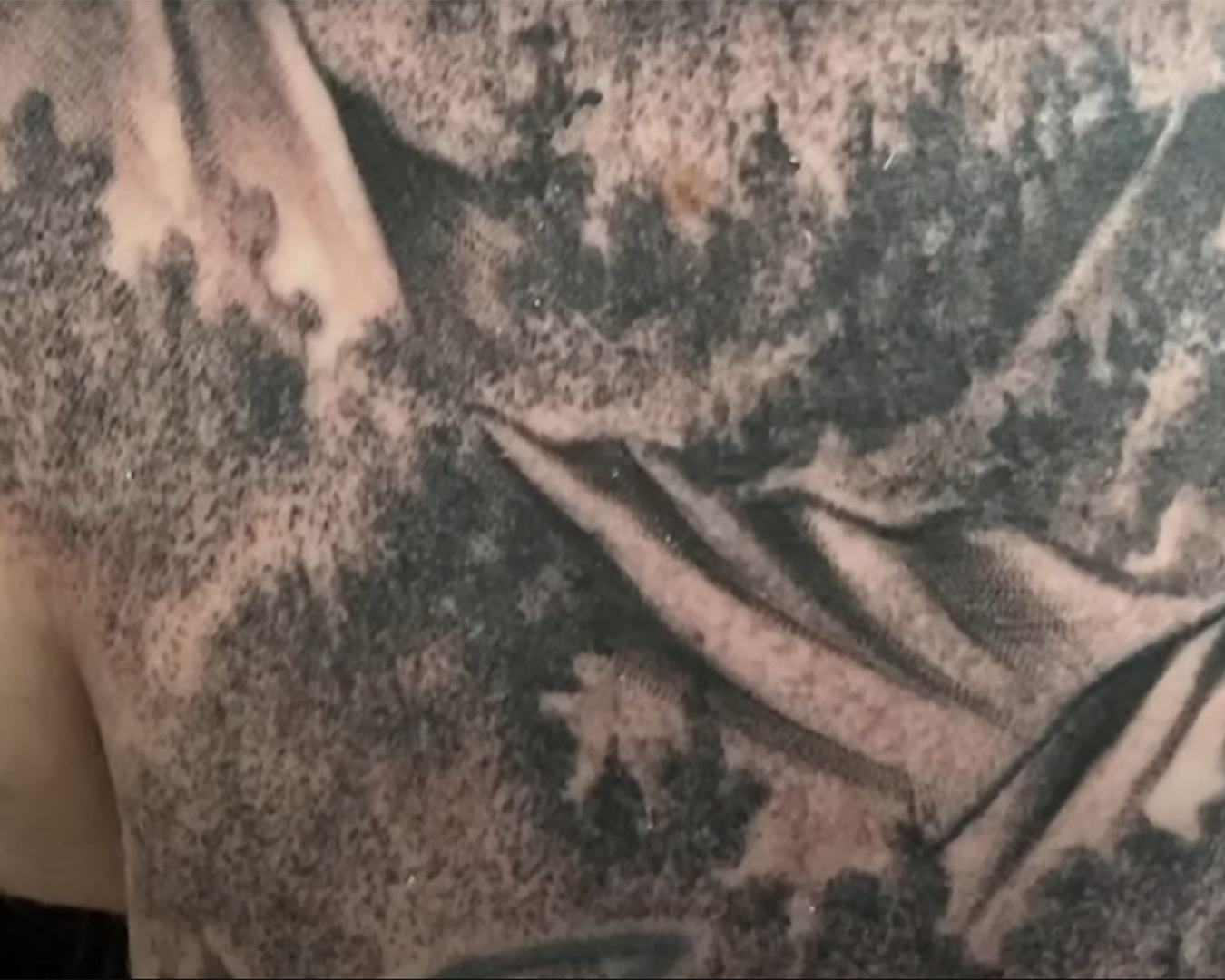
Combining this technique with traditional gray wash adds another layer of texture, allowing artists to create intricate designs with enhanced visual appeal. Stippling, when applied skillfully, proves to be a versatile tool for artists seeking to elevate the richness and complexity of their tattoo work. Maybe you’d like to do single pass dotted lines with a liner, or use a loose mag to give a nice open stippled effect to the edges of your feathers or flower petals? Play around with different textures and techniques to give some added uniqueness to your designs.
Another layer of complexity you can tack on is combining this technique with color layering. Think of a comic book colorist or magazines and newspaper comics using halftones! You can get a similar effect using the stipple technique when you're laying in colors and you need to make small temperature shifts, or if you need to add or subtract to the tone of a color.
Super Low Voltage On Tattoo Machines For Stippling Techniques
“I’ve been using this technique running at around 3.0 volts, so you kind of have to use your own judgment based on your own hand speed. But, Somewhere in the 2.6-3.2 range is probably about right.”
- Jake Meeks
To achieve the desired effect, it's crucial to operate your machine at an exceptionally low voltage, typically around 2.6-3.2 volts. As many machines may not easily start at such a low voltage, you might need to manually adjust the voltage or give your machine a quick thump to kick-start it.
However, a potential drawback of this technique is that it narrows down the choices for compatible tattoo machines and setups. Many of the newer pen-style rotaries may not operate effectively at such low voltages. In such cases, tattoo artists may lean towards using either a coil tattoo machine or rotaries that deliver a punchy performance at low voltages, such as the Dan Kubin Sidewinders. Additionally, utilizing a battery pack might not be very effective, as most do not offer such low power outputs. Hence, opting for RCAs or clip cords with a power supply is deemed optimal for achieving this unique stippling effect.
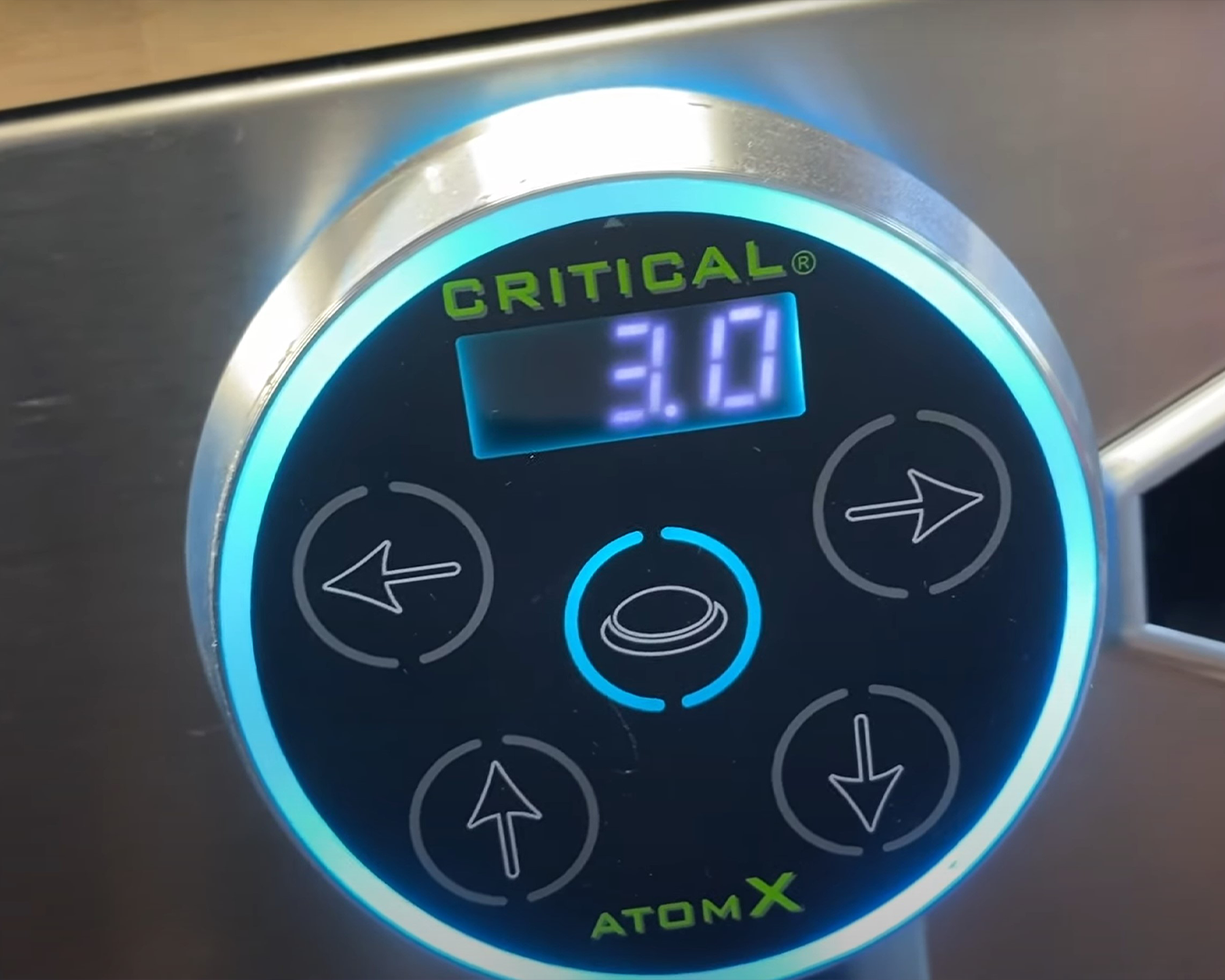
Interestingly, executing the stippling technique doesn't demand a significant reduction in hand speed; quite the opposite, in fact! Maintaining your regular consistent hand speed within the 2.6 to 3.2-volt range appears to present no challenges, alleviating concerns about needle hang-ups or skin catching. This adaptability contributes to the efficiency and user-friendliness of the technique.
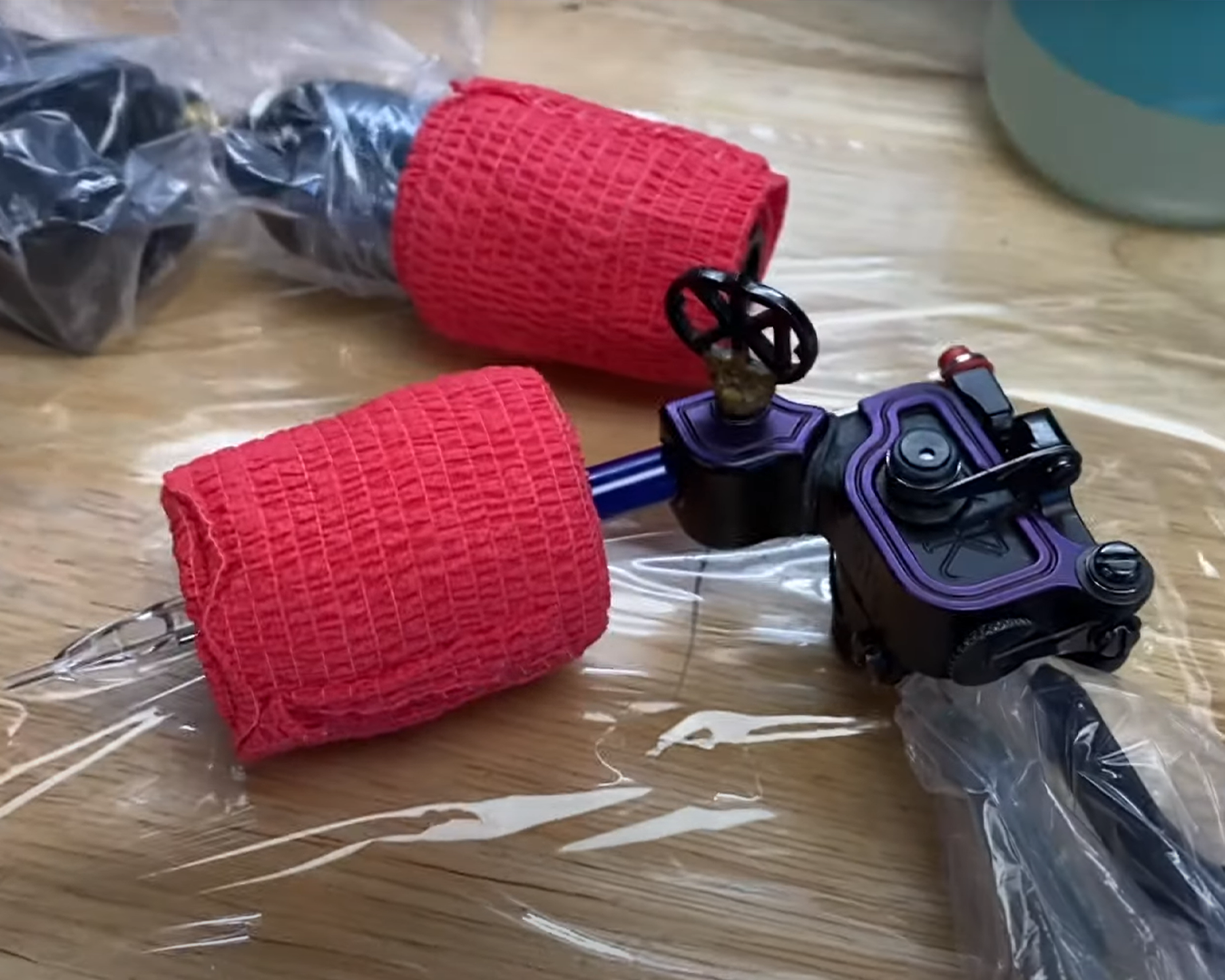
Want more tattoo education and resources?
Check out our Tattoo Techniques catalog HERE!
Transcript for this video can be found (here). All transcripts can be found (Here)
The Fireside Tattoo Network is home to the Fireside podcast, Fireside Technique video series and our Fireside Weekly blog.
The Fireside Tattoo podcast is hosted by veteran tattooer Jake Meeks, check out our episodes where we discuss, argue and wax philosophical, from tips for all levels of artists to trends in the tattoo world. Many guest artists have sat down for interviews and in-depth conversations and many more are planned…check back often!
Our Fireside Tattoo Overview video series offers informative, short, and detailed videos geared towards helping artists understand the science and nuances of tattoos and make more informed decisions to improve their work. We often take some of our more technical topics from our Fireside podcast and film an in-depth, narrated, time-lapse video showing exactly how Jake or our featured artists handle certain issues.
Support us while buying the stuff you need at the links below!
- Get 10% off the Neuma 4 with code “Fireside” at checkout
https://neumatattoo.com - Get 10 % off all S8 Tattoo products with promo code “Fireside”
https://s8tattoo.com/ - TattooNOW Website and Automation services at the link below
https://TattooNOW.com/Fireside - Get 10% off your order from Raw Pigments with code “fireside”
https://rawpigments.co/
Tattoo Techniques
Tattoo technique is, no doubt, an art of its own. Like any skill or trade, tattooing has been closely guarded by tattooers throughout modern history. We take a different approach here at Fireside. Our goal is to embrace the information age by making a conscious effort to help artists of all skill levels solve their technical tattoo challenges.
We'll touch on topics like:
We’ve got a plethora of podcasts on being a well-rounded tattoo technician:
Fireside Tattoo Podcast
Recent News
Why Do We Care About Give? - Carson Hill
- 07/24/24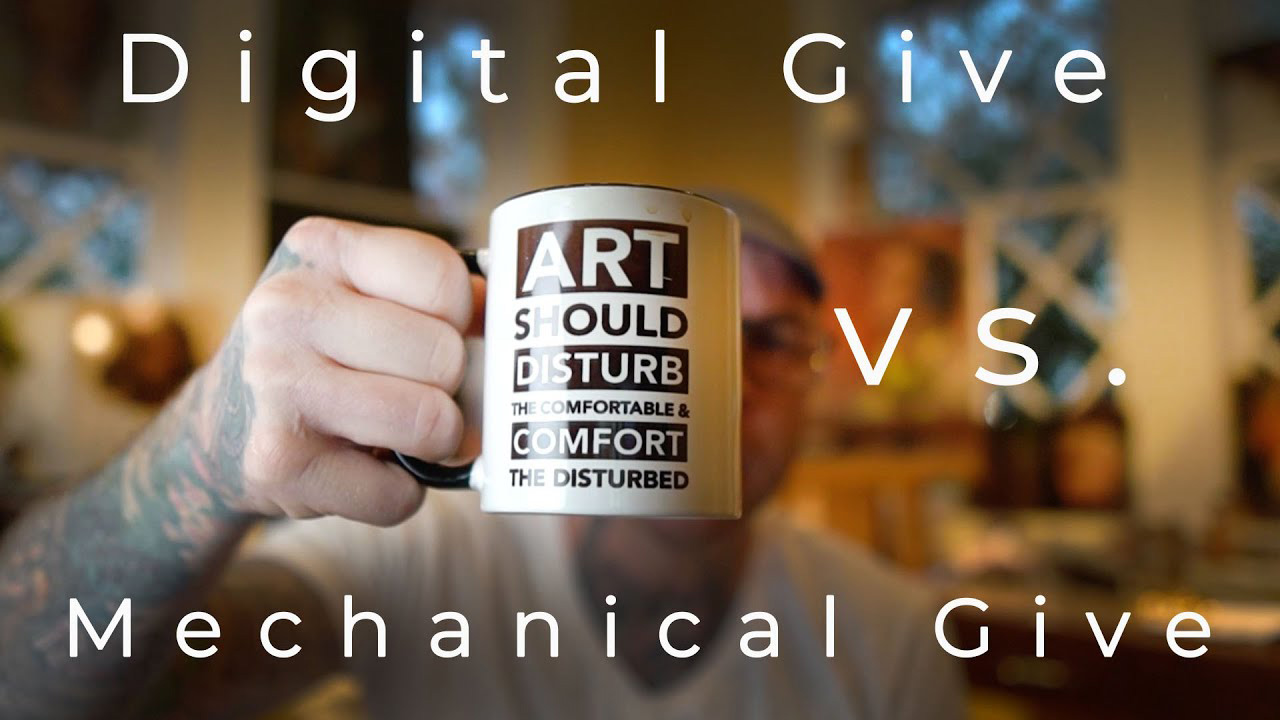
FLOW | Dave Koenig
- 06/28/24